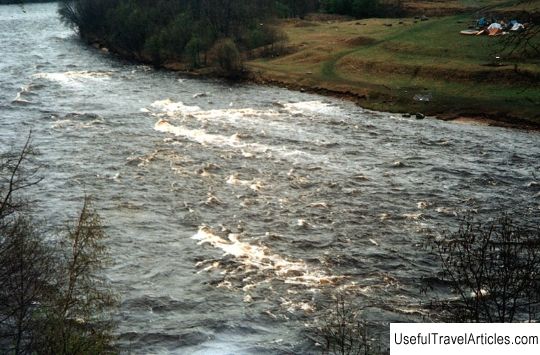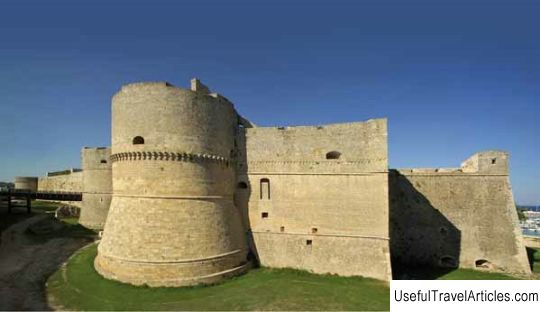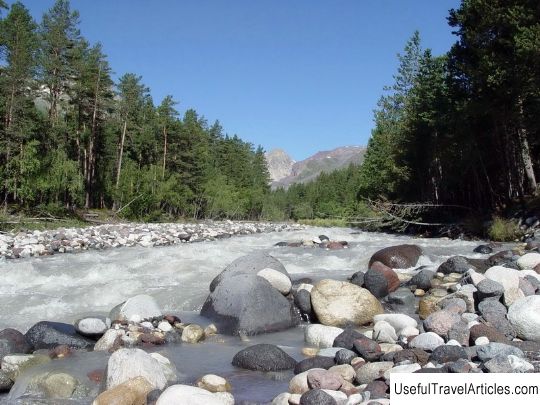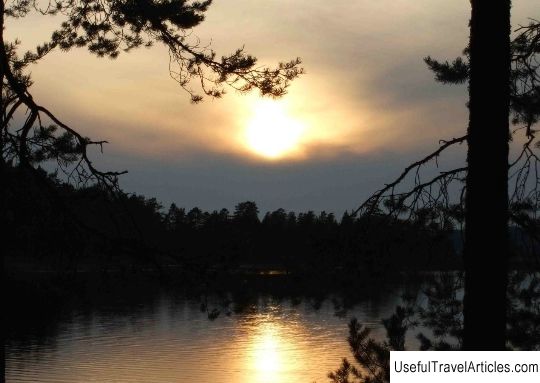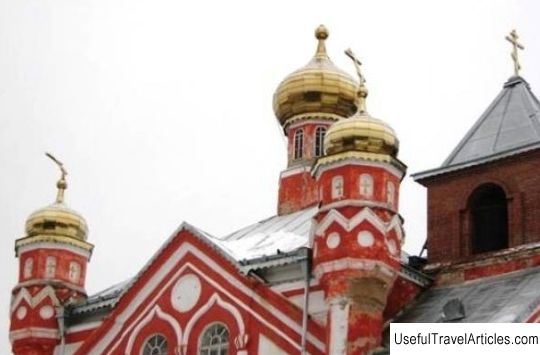Ponerotka river description and photo - Russia - North-West: Novgorod region
Rating: 9,6/10 (2589 votes) 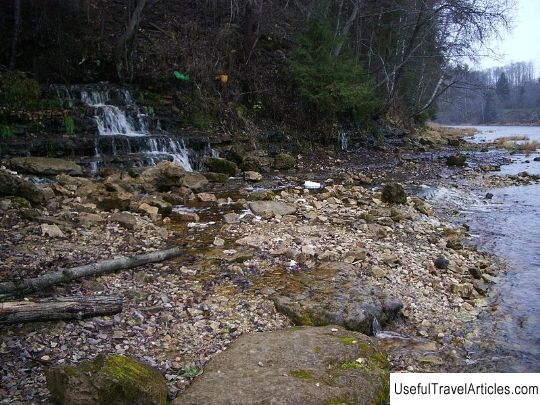
Ponerotka river description and photos - Russia - North-West: Novgorod region. Detailed information about the attraction. Description, photos and a map showing the nearest significant objects. Photo and descriptionThe Ponerotka River is an underground river in the Borovichi district of the Novgorod region. It is a left tributary of the Msta River. A unique natural monument. Ponerotka flows into Msta in the area of Borovichi rapids. Presumably, the name of the river comes from the word "ponory". These are depressions in the ground in which the river hides several kilometers before the confluence of the Msta. Ponneretka originates in Lake Lanevo, flows through the village of Vishma. The picturesque hilly area in the Ponerotka region is rich in various manifestations of karst and is an integral, large-scale and mobile karst complex, which is associated with the limestones of the Serpukhov Formation. It includes a basin with ponors in the Luchki tract, into which the Ponerotka waters completely drain, and a dry one, overgrown with forest and turf, a river valley about 2 km long, which ends at Msta with a canyon with steps of former waterfalls. The underground channel and the Ponerotka delta are unique hydrogeological objects for the study of karst. It is still not known where almost 2 km of the flooded underground river bed are located and why the current bed, contrary to the laws of physics, is located 600 m upstream of the Msta. Its root bank between two estuaries is covered with sinkholes and outlets of underground waters. The cave, also called Ponerotka, was developed in the Carboniferous limestones. It is one of the largest caves in the central part of the Russian platform. But for research work, it is hardly available. Cavers discovered various cave manifestations underground: passages, manholes, siphons, halls, lakes, ledges and even galleries tens of meters long and human height. At present, the length of the passages of the cave is 1420 m, while the area of the mapped labyrinth is a small rectangle about 200x250 m, adjacent to the Msta bank. The depth of the cave is 4 m, the difficulty category is the second. There are many rumors and legends about Ponerotka cave. The legend tells that a long time ago the river flowed on the surface, and people lived on its banks who knew neither evil nor vice. But one day they decided to hide from the whole world, because evil appeared, it began to multiply, and trouble hung over them and their homes. And to hide from people, they went underground and took the river with them. Now the spirits of people living on the river live in the walls of the cave and really do not want to be born again. The entrance to the cave can be seen 400-500 m above the confluence of the dry channel of the Ponerotka into the Mstu. It consists of 2 low (about 70-80 cm) depressions in the Msta cliff, from which a river flows. The cave is accessible only in summer in low water or in winter in severe frost. Bats live in the cave. The Ponerotka waters pour out in waterfalls from 2 cave exits located in the rocky vertical outcrop of the left steep bank almost 3 m above the low-water level of the Msta River. This place is a unique hydrological and aesthetic site. In addition, it is widely known and visited not only by the local population, but also by tourists. Water comes out in numerous streams along the left bank and the Msta channel below the mouth. In addition, there are pressure springs in the Klyuchki tract. In the area of Ponerotka, there are extensive karst fields, which are saturated with subsidence and funnels of various sizes. The most pronounced craters are located not far from the village of Maryinskoye and in the forest east of the village of Elekovo. The Ponerotka underground river is very popular among fans of extreme kayaking, since the kilometer zone of the river near the cave is accessible for kayaking.        We also recommend reading Ethnographic Museum in the village of Staro-Zhelezare description and photos - Bulgaria: Hisar Topic: Ponerotka river description and photo - Russia - North-West: Novgorod region. |
